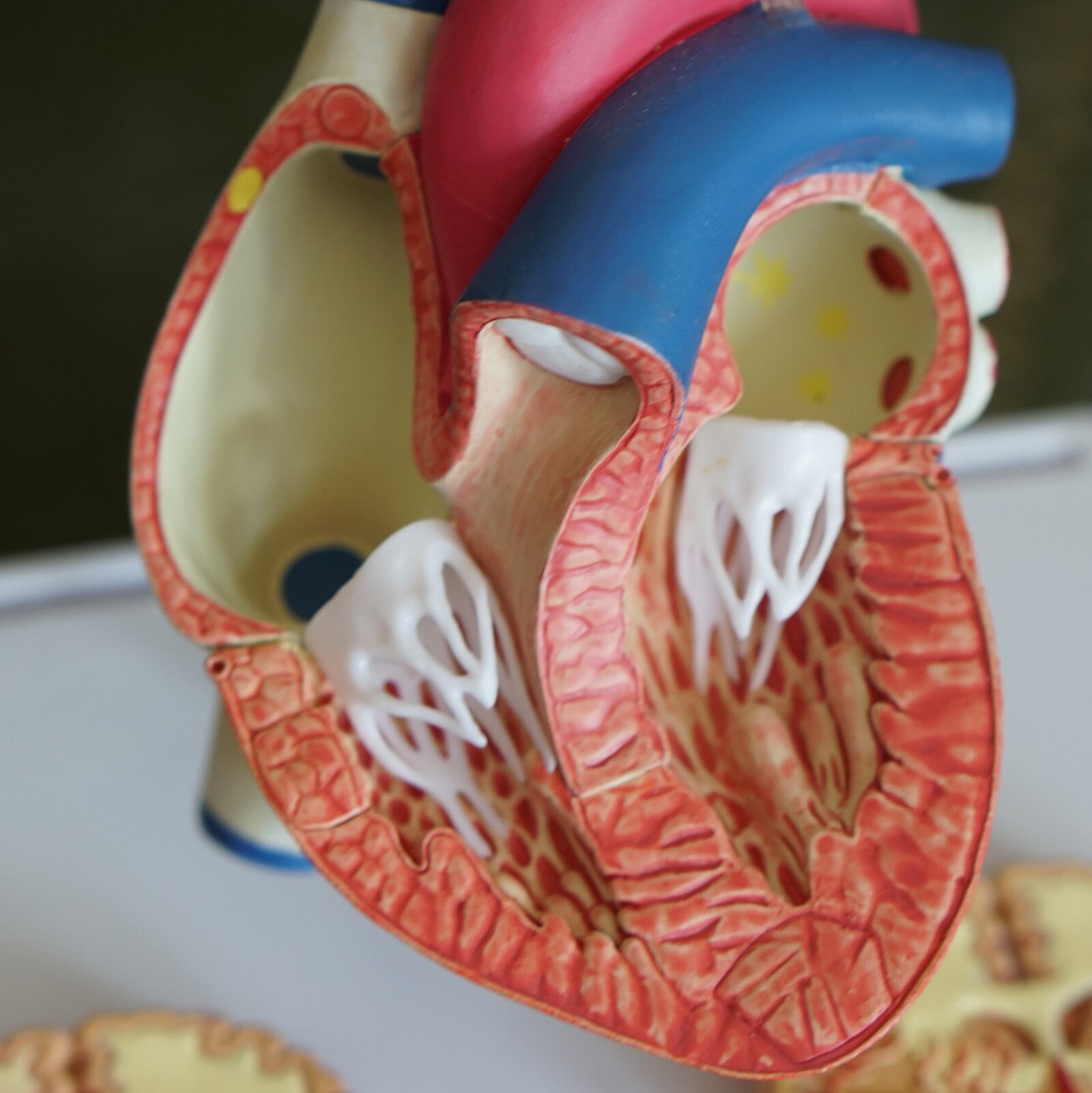Canine systolic heart murmurs demonstrating murmur intensities
Good quality headphones or loudspeakers (capable to transmit all frequency components) are necessary to hear the sounds at best quality.
Grading, mp3-files and description of the intensity of the murmur:
- 0/6: Physiological (mp3) No murmur (mpg).
- 1/6: Mild mitral insufficiency (mp3) Very soft, localized murmur detected in a quiet room after intently listening for a few minutes.
- 2/6: Mild mitral insufficiency (mp3) Soft murmur but easily heard after a few seconds.
- 3/6: Mild mitral insufficiency (mp3) Moderate-intensity murmur.
- 4/6: Moderate mitral insufficiency (mp3) Loud murmur but not accompanied by a palpable thrill (vibration).
- 5/6: Severe mitral insufficiency (mp3) Very loud murmur accompanied by a palpable thrill.
- 6/6: Severe pulmonic stenosis (mp3) Loudest murmur that produces a palpable thrill still audible after stethoscope is removed from the chest.
Based on: Ettinger, S.J.-Feldmann E.C. (2010): Textbook of veterinary internal medicine. Diseases of the dog and cat, 7th ed., Saunders Elsevier, St. Luis. This grading system was adopted from the human cardiology, first described by Levine and Freeman in 1933





